
Returning to those places today, the writer seeks out traces of a time of "national disaster", feeling the vibrant breath of island culture - where history, memories and community life blend into the unique identity of the Southern land.
Temple, Fairy Well
“Looking out to sea from Gia Long Temple on Phu Quoc Island, you will see a stone that looks like a throne, which is said to be where Lord Nguyen Anh sat and pondered about world affairs,” said Mr. Nguyen Van Thanh, an elderly fisherman at Rach Gia estuary, An Giang Province. I was curious and boarded a boat to the island to recall Nguyen Anh’s escape journey more than 240 years ago. The speedboat took 2.5 hours to travel 65 nautical miles. During the time when Lord Nguyen Anh fled by sailboat, depending on the wind season, according to the fishermen, it could take 2 days to reach his destination.
In An Thoi ward, Phu Quoc special zone, people often use small boats to go around the rocky reef to approach the shrine. Gia Long shrine appears under the canopy of trees, about 20m from the sea's edge. King Gia Long's portrait is placed in front of a full incense burner, the scent spreading. This place is filled with the rustling sound of the sea breeze and the murmur of the waves all day long.
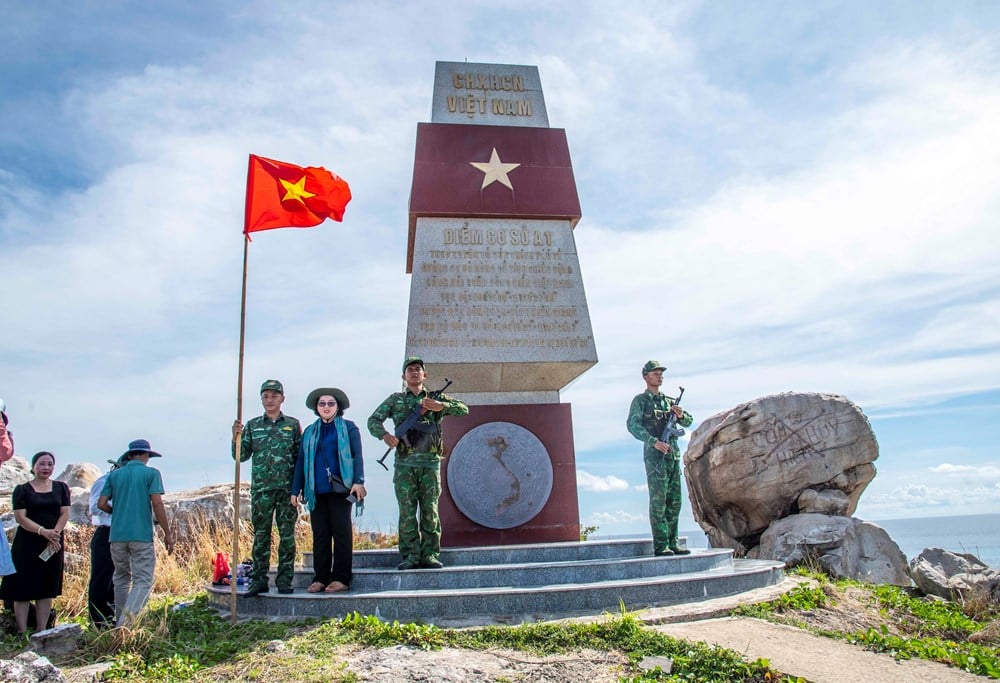
Legend has it that in 1782, Lord Nguyen Anh fled the Tay Son army and took refuge at Ong Doi cape. When food and fresh water ran out, Nguyen Anh stabbed his sword into the rocky cliff, looked up to the sky and prayed: “Thien nhuoc me dang vuong vi, nguyen tien tuat nga chi binh” (If heaven has decided that I should be king, please save the soldiers first). The fresh water vein is said to be where the tip of the sword stabbed into the rocky crevice.
The location of Gia Long Temple in Phu Quoc is very similar to Vuon Don Temple at Sa Ky estuary, Quang Ngai . In 1802, just 1 year after ascending the throne and taking the name Gia Long, he ordered the establishment of the Hoang Sa Navy to patrol. Vuon Don Temple is where the militia gathered before going to Ly Son Island to continue to Hoang Sa archipelago by fishing boat, returning 6 months later. The Bac Hai teams to patrol Truong Sa, or the sea patrol team to Tho Chu archipelago also received similar tasks.
Thousand Miles of Tho Chu
From Phu Quoc Island, I had to wait 5 days for a boat to Tho Chu archipelago. Local fishermen said that 250 years ago, if a boat could reach Tho Chu, it was because the people were very good at sea. As the fishermen described, the 55 nautical miles from Phu Quoc to Tho Chu archipelago were full of hardships, and I almost became fish food many times because the waves and winds in the Tho Chu sea area were very harsh.
The Tho Chu archipelago area is like a strange place, the sea water is as clear as jade, on the island there are many banyan trees, wind and swallows flying around. On the island there are 2 wind seasons each year (Southwest and Northeast) so many people build houses at both ends of the island to go there to avoid the wind.
The ship went to the island right at the time of a storm and a tornado. The sky appeared like a giant funnel cloud covering the island. The wind and waves rose up loudly, accompanied by cold rain. It took hours for the funnel to gradually disappear and the captain said, "We must speed up, otherwise we will encounter another storm." Mrs. Tang Thi Phuong and many residents of Tho Chau island commune said: "Oh my god, every time we welcome a ship, we are scared, even the fishermen are scared, our hearts and livers are pounding."
Bai Ngu is where Lord Nguyen Anh often walked, now it is a beautiful coastal road, along the road appear old tree trunks covered with crow's nest trees (a type of orchid), large-leafed almond trees lying on their sides reflecting on the sea like a painting. According to folk experience, if Nguyen Anh took a boat from the mainland to Tho Chu, it would take several days, if the wind was not favorable, he could drift at sea for weeks, or drift towards Thailand.
Putting aside the story of “lifetime merits and sins” to imagine the journeys, when arriving here, we will realize that the times of crossing the sea have turned King Gia Long into a king who is proficient and has a firm grasp of water currents, weather, and wind and waves. Specifically, when he ascended the throne, Gia Long immediately sent patrol teams to “Tho Chau Son”. The book Dai Nam Thuc Luc recorded King Gia Long’s edict: “The military ships going on patrol, please follow the previous edict, send them out every April, withdraw in October, there is no need to set up a garrison”.
Food on the island
Among the series of islands that Lord Nguyen Anh had set foot on, there were places with fertile land, suitable for growing short-term crops, but there were islands where only the square-leafed sycamore and storm-prone trees could survive. While hiding on Phu Quoc Island, Nguyen Anh was once exposed because he sent people to look for food.
In Nam Du archipelago, An Giang province, there is Hon Lon island named Cu Tron. Local people say that when he ascended the throne, Gia Long remembered the scene of fleeing to the island, the people boiled the tubers and gave them to the soldiers, so he issued an edict to name the island Cu Tron. But because the Hanh Khien was a Quang person, his accent was lost, so Thi Thu wrote in the edict that it was Cu Tron island.

Tho Chu archipelago has the same vegetation as Hoang Sa and Truong Sa archipelagos, mainly banyan trees, phong ba trees... so maybe at that time Nguyen Anh could not grow any more food to survive. It can be related to the story of migration from Phu Quoc and Cu Tron islands to establish Tho Chau island commune in 1993. Mrs. Dinh Thi Khuyen recalled that many people had to go find the barren purslane growing on the island surface, then go up the mountain to pick elephant ear leaves, cac leaves, giang leaves to cook soup, in the summer they could pick some young jackfruit. Every year there are two strong wind seasons so they could not grow sweet potatoes, corn, beans..., life was very difficult.
Among the offshore islands that Lord Nguyen Anh had set foot on, Cu Lao Khoai Xu (Phu Quy Island, Binh Thuan Province, now Lam Dong Province), although located very far from shore (56 nautical miles), was an island with fertile land, abundant fresh water, and rich food (corn, sweet potatoes, beans). Residents from Quang Binh, Quang Nam , Quang Ngai, Binh Dinh, and Phu Yen came to the island to live and develop agriculture.
There was a discussion that Gia Long had never been to Con Dao or Phu Quy. However, currently, in front of the gate of Linh Son Pagoda on Phu Quy Island, there are 4 verses of poetry along with an oral story that Nguyen Anh once stopped by and gave advice to the abbot on the direction of the gate (main gate) for the pagoda: Gia Long fled during the national disaster/ Came to the island to make his name at Linh Quang/ Gazing at the west, he was shocked to see the holy land/ Facing the west, he built the main gate.
Source: https://baovanhoa.vn/van-hoa/dau-chan-chua-nguyen-anh-giua-trung-khoi-tay-nam-to-quoc-180810.html






![[Photo] Highways passing through Dong Nai](https://vphoto.vietnam.vn/thumb/1200x675/vietnam/resource/IMAGE/2025/11/12/1762940149627_ndo_br_1-resize-5756-jpg.webp)
![[Photo] Prime Minister Pham Minh Chinh attends a conference to review one year of deploying forces to participate in protecting security and order at the grassroots level.](https://vphoto.vietnam.vn/thumb/1200x675/vietnam/resource/IMAGE/2025/11/12/1762957553775_dsc-2379-jpg.webp)
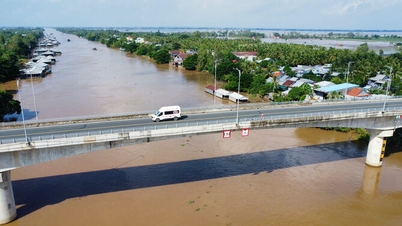






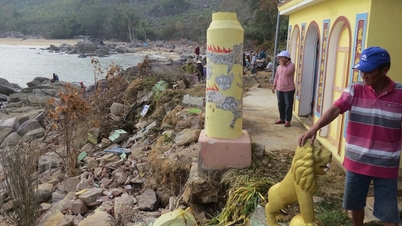

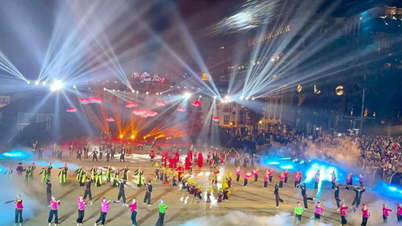



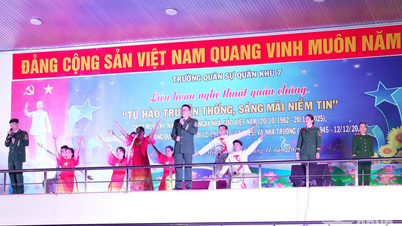





















































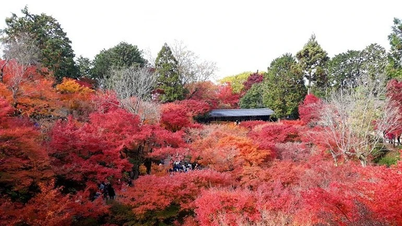








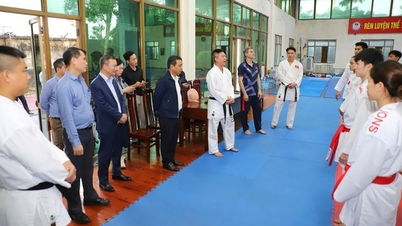

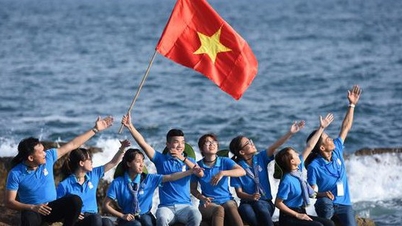











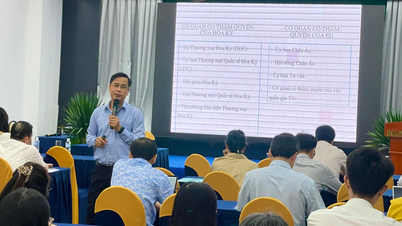







![Dong Nai OCOP transition: [Article 3] Linking tourism with OCOP product consumption](https://vphoto.vietnam.vn/thumb/402x226/vietnam/resource/IMAGE/2025/11/10/1762739199309_1324-2740-7_n-162543_981.jpeg)







Comment (0)